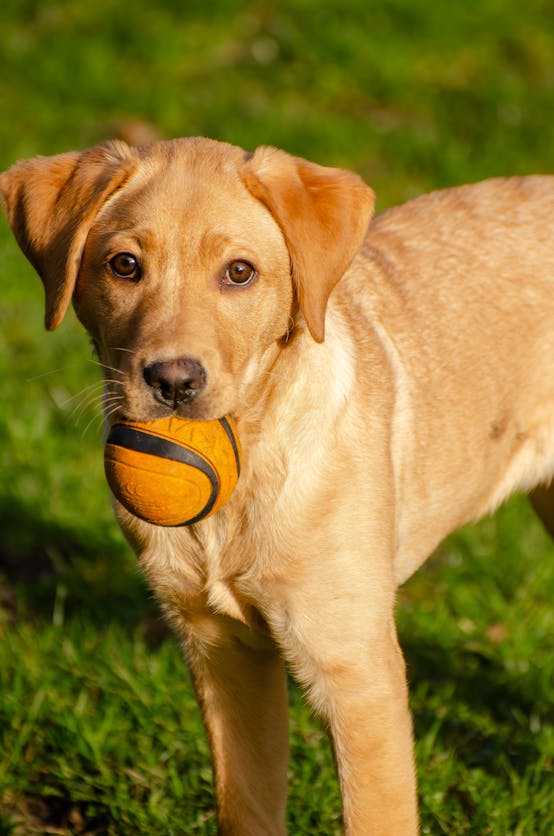Overview of Urban Development and Its Reach in the UK
Understanding the changing face of British cities
Urban expansion in the UK has reshaped landscapes significantly, reflecting continuous land use change as rural outskirts become suburban zones. Recent studies indicate that approximately 8% of land in England has been transformed from agricultural or natural use to urban purposes over the last two decades, highlighting the pace of urbanisation. High-demand areas such as Greater London, the South East, and parts of the Midlands exhibit intense urban growth, driven by housing needs and economic opportunities.
Also read : What Are the Unique Characteristics of British Native Animals?
The urbanisation statistics UK reveal that population growth in cities correlates strongly with infrastructure development, facilitating increased density and new residential or commercial projects. This has implications for ecological systems, transport, and community services. For example, urban expansion UK trends show rapid development in metropolitan corridors like Manchester and Birmingham, where land previously designated as green belt or farmland is increasingly redeveloped.
As towns swell, local authorities face challenges balancing growth with sustainability. Land use change involves not only physical conversion but also regulatory adaptations to accommodate rising urban populations. Reflecting on these patterns helps plan for infrastructure and environmental management in the UK’s evolving urban tapestry.
Have you seen this : What Could the Future Hold for Endangered Animal Species in the UK?
Immediate Effects of Urbanisation on Animal Habitats
Urbanisation brings swift and often stark changes to habitat loss in the UK. As cities expand, natural areas shrink and become fragmented. This reduction in continuous habitats disrupts the living spaces wildlife depend on, forcing many species into smaller, isolated patches. Such fragmentation can sever vital routes that animals use to find food or mates.
This effect is notably harsh on animals like hedgehogs and foxes, which commonly face wildlife displacement in urban regions. These creatures may be pushed out of their traditional territories or face dangers like traffic and pollution when adapting to city life. Native birds also experience shifts in their habitats, often struggling to find suitable nesting sites amid the concrete and glass of urban environments.
Moreover, the urban wildlife impact extends to altering ecosystem connectivity. When green corridors disappear, species interactions are affected, leading to potential declines in biodiversity. For example, some pollinators may find fewer flowers to sustain their populations, influencing plant reproduction.
Understanding these immediate outcomes is essential for planning urban development that safeguards wildlife and maintains ecological health. Prioritising connected green spaces can mitigate these impacts, creating environments where both people and nature can thrive.
Species-Specific Responses to Urban Expansion
Urban expansion influences UK wildlife adaptation in diverse ways. The hedgehog population UK has notably declined due to habitat loss and barriers like roads and fences. However, some hedgehogs exhibit resilience by adapting to urban gardens and green spaces, using connectivity corridors to find food and shelter. Efforts to maintain hedgehog-friendly environments are crucial to slow their decline.
Bird species show mixed responses to urban settings. While some, like pigeons and crows, thrive due to abundant food sources and nesting sites, others face challenges. Sensitive species may decline because of noise pollution and limited natural habitats, altering the urban ecological balance. Understanding these variations helps guide conservation strategies.
Urban foxes are a prime example of species benefiting from development. UK foxes have adapted remarkably to city life, finding shelter in parks and feeding on waste. Their nocturnal activity reduces human conflict, enabling them to thrive despite urban pressures. This adaptability underscores the complexity of UK wildlife adaptation in expanding cities, highlighting the need for nuanced urban planning that supports multiple species.
Case Studies: Urban Development Projects and Wildlife
Recent urban development case studies UK reveal complex interactions between construction activities and wildlife conservation. For example, in several housing projects, local populations of protected species like bats and great crested newts suffered due to habitat disruption. These conflicts highlight the importance of early environmental assessments to avoid severe biodiversity losses.
Conservation conflicts often arise when development targets sites crucial to wildlife. In one notable case, a road expansion intersected a designated wildlife corridor, leading to fragmented habitats. Despite mitigation efforts, such as creating underpasses for animal crossings, some species experienced reduced movement, impacting breeding success.
Habitat mitigation UK strategies emerged from these lessons. Developers now commonly implement buffer zones and habitat replacement areas before construction begins. These measures, although not perfect, have improved coexistence by preserving critical environments and allowing wildlife populations to recover post-development.
Understanding these outcomes emphasizes the need for continuous monitoring and adaptive management throughout project lifecycles. By integrating ecological expertise with planning, future developments can better balance urban growth with wildlife conservation priorities, reducing conflicts and supporting biodiversity.
Conservation Efforts and Mitigation Strategies
Exploring solutions to protect and restore biodiversity
Conservation initiatives UK increasingly focus on wildlife corridors UK to connect fragmented habitats. These corridors enable safe animal movement between isolated green spaces, reducing roadkill and genetic bottlenecks. Studies reveal that well-planned corridors improve species survival rates significantly, though their success depends on continuous monitoring and local engagement.
Urban habitat restoration has become a priority, with projects aiming to reinstate native vegetation and enhance biodiversity within cities. These efforts not only support urban wildlife but also provide essential ecosystem services like air purification and flood mitigation. Examples include transforming derelict lands into wildflower meadows or creating ponds for amphibians, which are practical and visible interventions benefiting multiple species.
Collaboration between developers and conservation groups forms a core mitigation strategy. By integrating biodiversity considerations into planning processes, such partnerships ensure new infrastructure incorporates green spaces and minimizes habitat disruption. This cooperation is driven by regulatory frameworks but thrives on shared goals, transparency, and adaptive management.
Together, these approaches contribute to a more resilient environment in the UK, blending human development with the needs of wildlife through proactive conservation initiatives UK.
Mapping and Visualising Impacted Habitats
The use of wildlife habitat maps UK plays a crucial role in illustrating how urban expansion reshapes natural environments. These maps provide clear, visual evidence of habitat loss and fragmentation, offering a concrete understanding of biodiversity changes. With GIS urban wildlife technologies, analysts can layer data to reveal areas most affected by construction and human activity.
GIS tools enable precise tracking of wildlife corridors and nesting grounds, highlighting where intervention is urgently needed. Visual data on animal habitats not only shows where habitats have shrunk but also identifies potential regions for conservation efforts. This approach enhances awareness among policymakers and the public, fostering informed decisions and effective environmental advocacy.
By visualising the spatial distribution of impacted habitats, stakeholders gain a powerful narrative tool. It combines scientific data with accessible imagery, making complex ecological shifts easier to grasp. Ultimately, such detailed visual data animal habitats enables targeted actions to preserve valuable ecosystems within the increasingly urbanised UK landscape.
Choosing the Right Robot Hoover for Your Home
Selecting the ideal robot hoover depends on your home’s specific needs, such as floor type, size, and cleaning habits. If you have hardwood floors or low-pile carpet, opt for models with strong suction and gentle brushes to avoid damage. For larger homes, focus on battery life and efficient navigation systems to ensure complete coverage without frequent recharging.
When considering features, look for robot hoovers with customizable cleaning schedules and smartphone app integration. These options offer convenience and control, allowing you to start or stop cleaning remotely. Some models include advanced sensors to avoid obstacles and stairs, minimizing the risk of damage to both furniture and the vacuum.
If allergies are a concern, selecting a model with a HEPA filter can trap fine dust particles, improving air quality. Additionally, check noise levels, especially if you plan to run the vacuum when at home or overnight.
Investing in a robot hoover with easy maintenance is crucial; models with removable dustbins and washable parts reduce upkeep time. Ultimately, the best robot hoover is one that fits your lifestyle, keeping your home clean with minimal effort.


